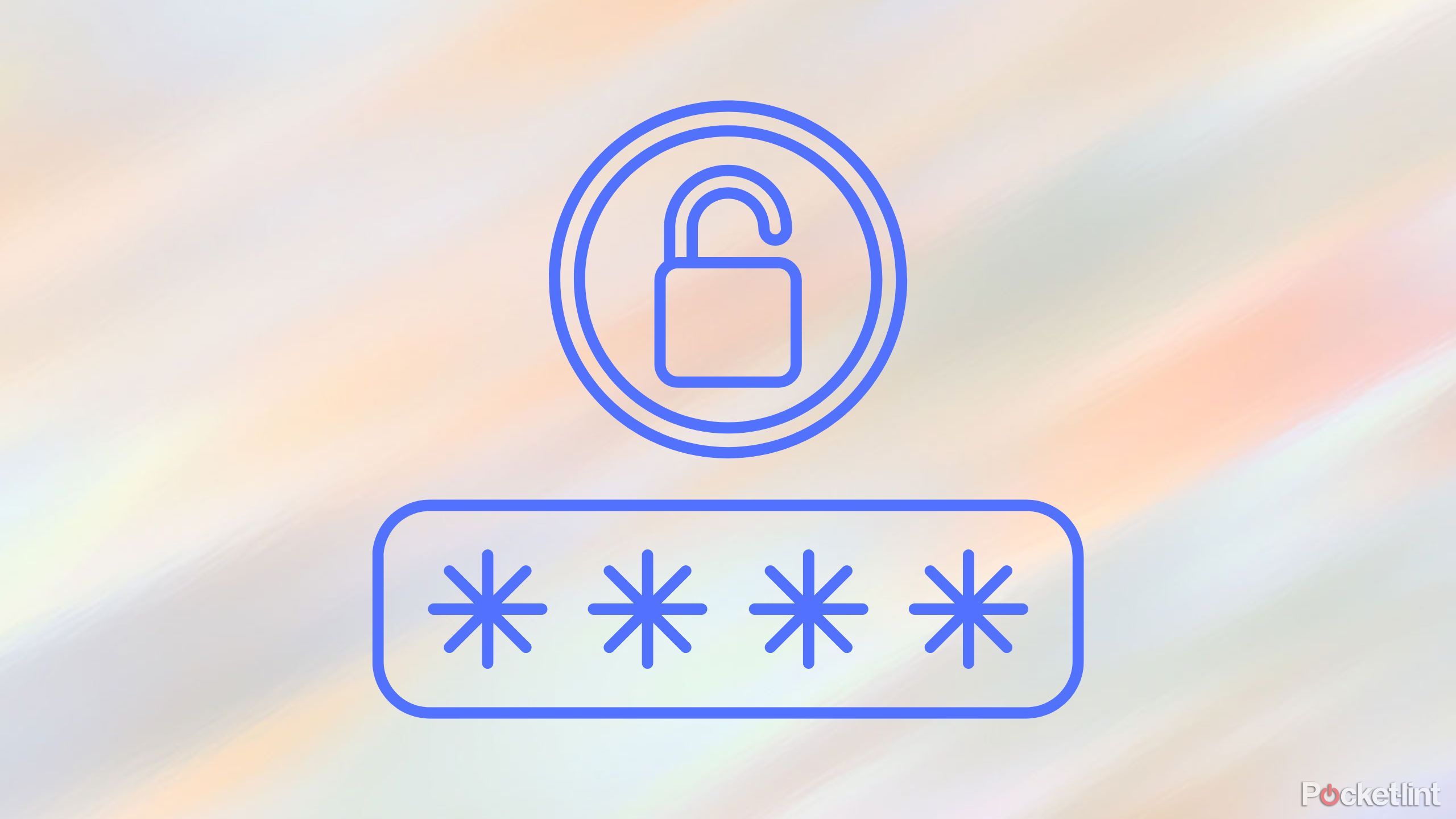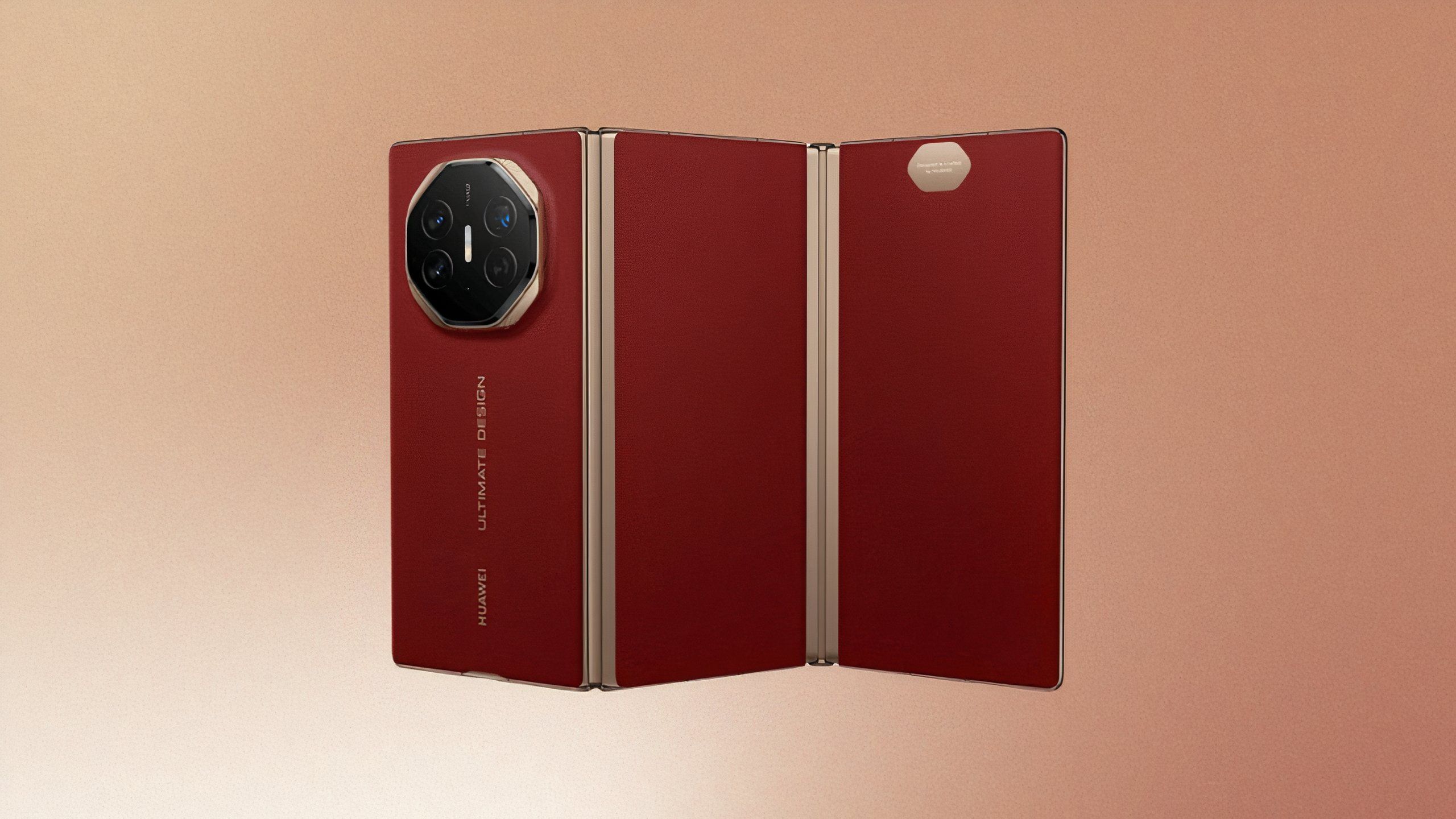Parents, is your child ready for a Nintendo Switch?
Every kid is different so here are some things to consider.
As a parent or guardian in this day and age, it’s likely that you will be asked at some point to buy your kid(s) a Nintendo Switch. And although Nintendo is known for its family-friendly games and kid-friendly systems, it still may be a tough choice to decide whether or not to grant your child’s wish of buying them a gaming console. So what is the right age to buy your kid a Switch? Well, the answer isn’t as simple as a baseline number.
Although I’m not a parenting expert, I am a parent who enjoys researching video game topics and playing games. With this perspective, I’d say that like most things in parenting, the most important thing to consider is that every child is different. It’s possible for a child as young as three or four to be able to play a Nintendo Switch, whereas an older child, about six or seven, could possibly handle having their own Switch Lite system.
To make yourself comfortable with the idea of buying a Nintendo Switch for your little one to use, you’ll want to familiarize yourself with the parental control options first, consider your console and game options, understand how to protect the console, and make sure you’re familiar with game ratings and how to find them.
Consider this when buying your kid a Switch:
Which Switch console and games should you buy?
How to protect the Switch
How to understand game ratings
Which Switch console and games should you buy?
One of the best things about the Nintendo Switch is that it’s a versatile console with plenty of options for everyone. When considering which version of the Switch to buy your kid you have a few options: There’s the original Switch, the Switch OLED, and the Switch Lite.
All of the Switches are great portable options as they allow for gaming in handheld mode. However, if you think your child will primarily play games in handheld mode it may be wise to get the Switch Lite. This Switch is cheaper because it can’t connect to the TV for gaming with the Joy-Cons as the other two Switches can. The Lite also comes in fun, bright colors to choose from and it can play most of the same games as the other consoles.
Kids around six to seven years old are generally at the right developmental stage to be able to comprehend the complexities of some of the more popular video games, by pushing multiple buttons at once and understanding how to hold onto the controllers. For this group and older, you may consider the Switch OLED or the original Switch. Both can connect to the TV and offer handheld mode, but there are some slight differences between the two. The OLED is a bit more expensive and offers a larger OLED screen, an improved kickstand, enchanced audio in handheld mode, and more internal storage. Deciding between the two will come down to budget and how responsible your child will be with the more pricey system versus the lesser option.
When it comes to all of the best Nintendo switch games, you have to decide what’s age-appropriate for your kid and consider the difficulty of each game. For instance, there are a large variety of games for young kids, including some free options, that even a toddler could play. It may be worth checking these titles out and purchasing some so your kid has games to start playing right away. There are even a bunch of the best educational titles if you want your kid to integrate learning with gaming.
Of course, there are countless other options as well. Since the Switch has many indie developers, they create the best indie games that sometimes offer simpler and shorter gameplay. Younger kids can play these app-style games easily by downloading them from the Nintendo eShop. For toddlers and other small children, you’ll want to look for games that utilize more of the screen than the controllers, as that will be easier for them to pick up on. Or, to make gaming easier in general, you could purchase a specially-made kid-friendly controller as well. These often feature simpler controls and grips that make the controller safer to hold.
How to best protect the Switch
We all know kids can be clumsy and unpredictable; and sometimes they react to things inappropriately. Although the Switch is pretty affordable in comparison to other consoles, it’s still a lot of money to invest for it to just get damaged — accident or not. Finding a good screen protector, a case for the Switch and Joy-Cons or your Switch Lite, as well as a travel case will save you a lot of headaches and repair fees. Plus, these can serve as fun ways for your kid to customize and personalize their system too!
Another tip? If you’re buying a Switch for a younger child, it may be wise to keep the console in docked mode. That way you won’t have to worry about a toddler’s tendency to randomly chuck things across the room.
How to understand game ratings
As far as what to expect from games on the content side, it’s important to know that just like with movies and TV shows, there are game ratings that let you know what the suggested age and content warnings are. These are called ESRB ratings and parents can type in any game name on their website and see the rating. There are also descriptions below the rating that outline the specific details that led to the reasoning for the rating. This will allow parents to see what their children may see or hear in-game and decide how to handle the decision to buy it. This will save you hours of researching, allowing you to understand the content of any game from the get-go.
Fun for all ages!
While video games get a bad rep sometimes, they can help kids develop some cognitive skills and even learn in a fun way. Although we don’t want kids to play for endless hours, an hour or less a day with some longer weekend sessions and supervised game content can be a great way for kids to learn. It’s all about making the decisions that fit your family’s lifestyle and parenting style. And Nintendo has made it easy to monitor your kid’s Nintendo account, whitelist certain games, and more through a special Parental Controls app — so you never have to worry about your kid seeing or playing something they shouldn’t.
Once your child is responsible enough for their own system or your family is ready to facilitate some screen time together, Nintendo offers lots of options, like the best family-friendly games, to help keep the laughs and thrills going. Don’t stress and have some family fun together!




